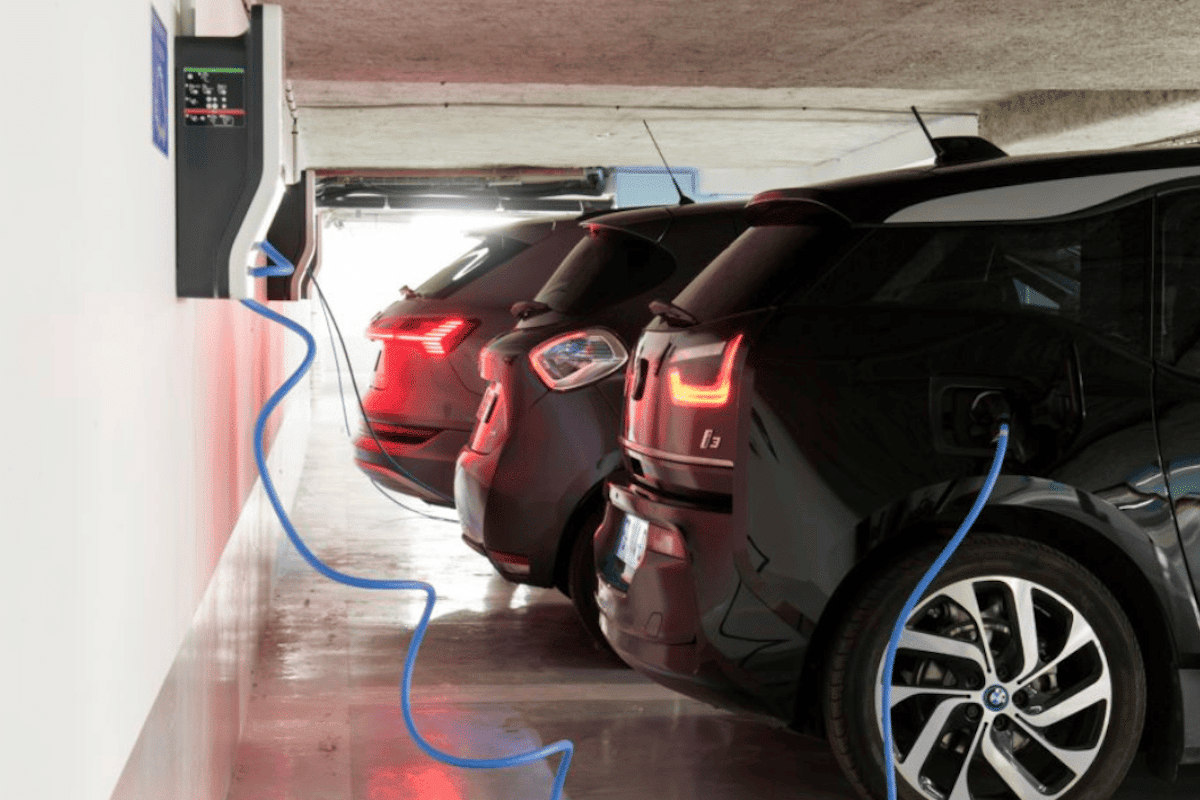How to Equip a Condominium with a Charging Station?

Owner or tenant within a condominium, requesting the installation of an electric vehicle charging station is nothing but easy.
You probably already suspect, however, that there are rules to follow for this installation. First of all, two types of procedures are possible. You can carry out the steps yourself with an installer who will directly contact the property management to handle legal formalities and technical assessment. Another option is to request, during a general meeting, that the condominium undertake this process so that all co-owners can benefit.
This charging point can take the form of a reinforced electrical outlet or a wall-mounted charging station. It is up to you to decide before starting the process whether you want a collective installation, for shared use by all co-owners, or an individual charger, for personal use by a single owner.
Priority is given to simplicity
To facilitate these installations and avoid any risk of blockage, the work does not require approval from the general assembly of co-owners. The property manager only needs to include an information item on the agenda of the next meeting to inform co-owners about the charging station installation project. In most cases, one or more installers will be appointed, will carry out an audit in parking areas or parking zones, and will provide a specification document. There will then be no need to request a general meeting, as everything will be recorded in a meeting note. Only technical updates will later supplement the initial audit as technology and equipment evolve.
However, it is strictly forbidden to purchase a domestic charger and connect it yourself to the condominium’s electrical network! This would be not only unfair to other co-owners but also extremely dangerous. A charging installation must be compatible with the electrical network to which it is connected in order to prevent power outages or, worse, fires.
To encourage drivers to switch to electric and therefore equip themselves, a tax credit for the purchase and installation of an individual charging station covers 75% of the work costs, up to a cap of 300 euros. Since 2016, the ADVENIR program complements this credit and aims, through the mechanism of Energy Saving Certificates (CEE), to finance the installation of either a collective or individual charging station, up to 50% of the cost of work.
This page is translated from the original post "Comment s’équiper d’une borne de recharge en copropriété ?" in French.
We also suggestthese articles:
Also read






